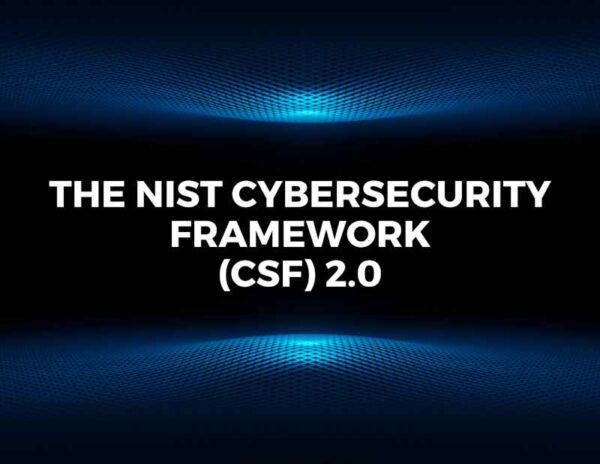Written By: Adam Omar
CSF 2.0: Frameworks are essential for risk and posture management in federal and private organizations. Institutions like NIST (National Institute of Standards and Technology), CIS, and ISO play crucial roles in shaping cybersecurity programs. NIST has increasingly focused on Critical Infrastructure (CI) and non-governmental entities. In 2014, NIST introduced the Cybersecurity Framework (CSF), offering a versatile approach to cybersecurity posture management.
The CSF 2.0 focuses on five foundational areas: identification, protection, detection, response, and recovery.
- Identification: Deals with organizational computer assets.
- Protection: Specifies measures to protect these devices.
- Detection: Develop operations to identify Indicators of Compromise (IOCs).
- Response: Establishes procedures to handle incidents.
- Recovery: Repairs assets damaged by incidents.
The New Element: Governance
With the release of CSF 2.0, NIST retained the five core components but added a critical new element: Governance. This addition includes three resources: two key reference tools and a searchable catalog. Let’s explore why these are beneficial.
Reference Tool
The reference tool helps users navigate the framework. It’s essentially an Excel sheet organized into categories and subcategories like those in many NIST 800 series publications. This tool allows agencies to sort and filter entries, aiding in focused improvements. For example, sorting subcategories in the Identify Category can highlight specific areas of need.
Informative References Catalog (IRC)
The IRC helps organizations compare standards. Suppose you’ve implemented NIST 800-171 as part of your compliance program and want to see how it aligns with the CSF. The IRC facilitates this comparison, highlighting areas where a company’s cybersecurity posture may need changes.
Cybersecurity Privacy and Reference Tool (CPRT)
The CPRT aids this process by pointing to related publications, making it easier to understand and implement necessary changes.
Why These Tools Matter
The new tools enhance the relationship between the NIST CSF and other frameworks, shaping governance strategies. These references can suggest necessary changes if your policies align with different standards. Mutable resources like processable documents make it easier for specialists to focus on relevant policies and procedures.
CSF 2.0 may not introduce manifestly new concepts, but the addition of governance re-emphasizes an area that has been deficient over the past decade. These new resources are designed to streamline and improve organizations’ cybersecurity posture.
References




